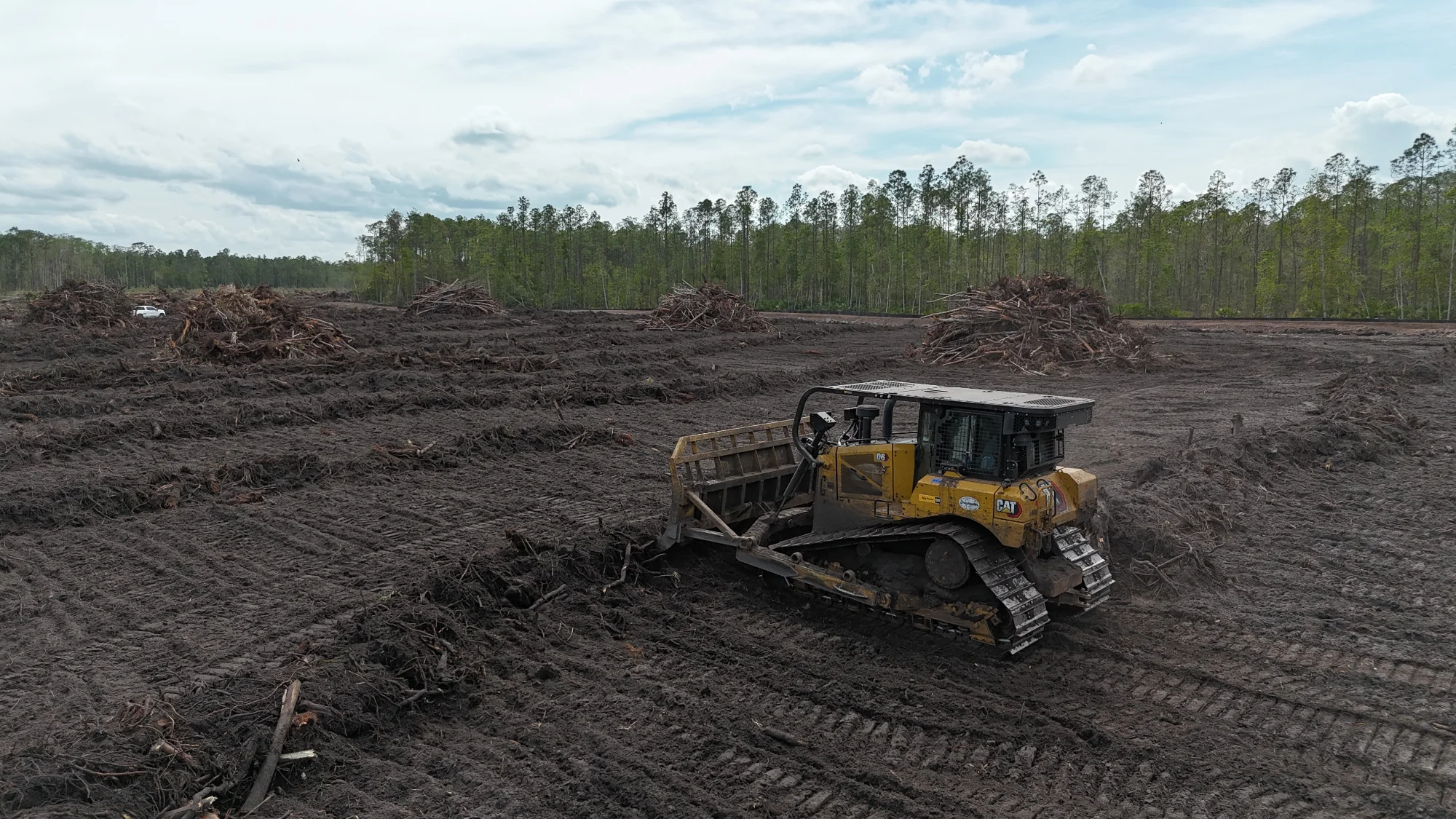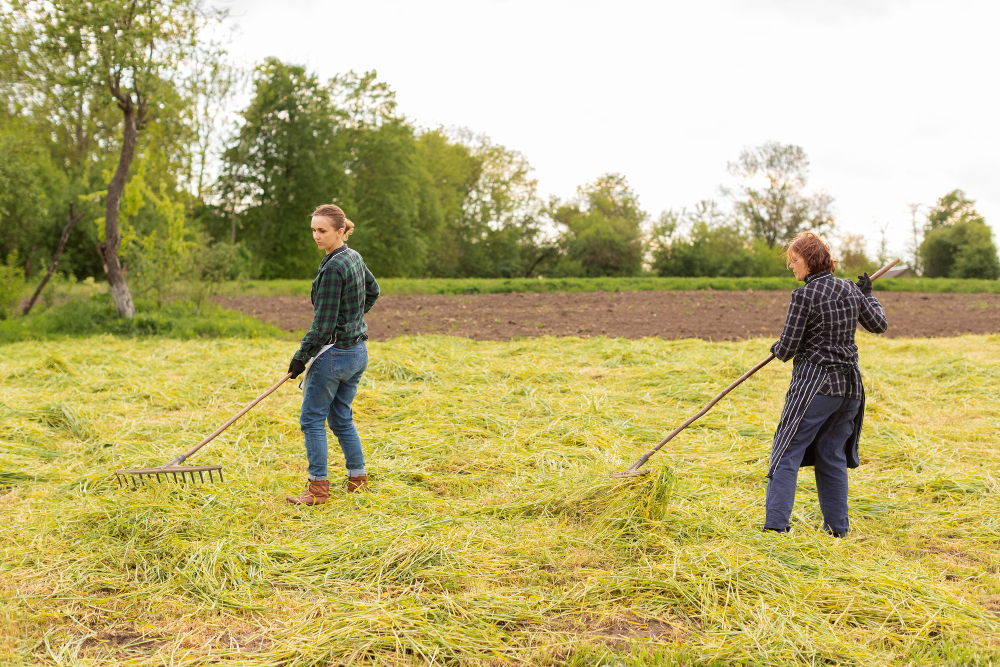

The bucolic charm of farmland conjures images of a peaceful landscape, where lush fields stretch to the horizon, dotted by the silhouette of barns. However, for farmers and ranchers, this picturesque image obscures a significant challenge — managing the vegetation that sustains life while balancing the need for space and resources. In this comprehensive exploration, we will delve into the intrinsic value of implementing robust vegetation management practices in agricultural settings and how such practices can be not only efficient but also environmentally friendly.
Vegetation management on farms involves the regulation and control of plant growth in a manner that ensures the optimal health of crops and livestock. From tending to the growth of crops such as corn and soy to the proper diet of grazing animals, every aspect of farm management is intertwined with the life cycle of plants and their interaction with animals.
In modern farming, effective vegetation management isn't just about increasing yield; it is a vital part of sustainable agriculture, where efficient land use and resource conservation are paramount. This means employing strategies that reduce the use of harmful chemicals and protect natural habitats while fostering a productive environment for agricultural pursuits.
Optimized vegetation management practices directly impact the agricultural yield and quality of produce. By creating an environment that minimizes competition for nutrients, water, and sunlight, farmers can ensure that their crops are given the best chance to flourish. This optimization translates to increased yield per acre and the enhancement of overall crop health.
In livestock farming, management techniques ensure that animals have access to a balanced diet while safeguarding pastures from overgrazing, which can lead to soil degradation and erosion. By rotational grazing and supplementing pasture growth with appropriate seed mixtures, farmers can ensure a healthy balance in the ecosystem.
One of the most effective and natural methods of vegetation control is the use of controlled burns. These fires mimic the ecological role of natural wildfires, which are essential for the rejuvenation of certain ecosystems. In some agricultural environments, controlled burns promote the germination of seeds, clear away dead vegetation, and combat the spread of invasive species, all while reducing the risk of catastrophic fires.
However, it is crucial to note that controlled burns should be executed with precision and with the appropriate safety measures in place. They are best left to trained professionals who understand the environmental implications and take precautions to protect surrounding habitat and air quality.
The rising consumer demand for organic produce has driven many farmers to explore and adopt chemical-free vegetation management techniques. These methods include intercropping, where compatible crops are cultivated together to suppress weed growth, and the use of natural herbicides such as vinegar or corn gluten meal.
By minimizing the use of synthetic chemicals, farmers reduce their environmental footprint and the potential for chemical runoff that can contaminate water sources. Moreover, organic land management practices often lead to improved soil health and may command higher prices in the market.
In livestock farming, strategic grazing systems play a key role in vegetation management. Rotational grazing methods allow farmers to partition grazing land into smaller paddocks, moving animals to fresh pasture when the current one has been sufficiently utilized. This gives the land time to recover and minimizes soil compaction, promoting the growth of nutritious vegetation for animals.
Grazing systems can also incorporate the use of 'browsers', such as goats, to manage invasive and overgrown vegetation. These animals can be particularly effective in clearing brush and reducing the need for costly mechanical means of land clearing.
As the global population continues to grow, the pressure on agricultural land intensifies. Sustainable land clearing practices become critical in maintaining a balance between the need for space and the preservation of natural habitats. Techniques such as selective logging, where only specific trees are harvested, and land rehabilitation post-clearing ensure that the agricultural needs are met without irreversibly damaging the environment.
Land clearing companies, like Orlando's Drinkwater & Drinkwater, are at the forefront of incorporating technology and best practices to provide land clearing services that are both efficient and ecologically sensitive. Their commitment to reforestation and stormwater management during and after clearing demonstrates that modern agriculture and environmental conservation can go hand in hand.
The future of agriculture depends on sustainable practices that can accommodate the needs of a growing population without compromising the health of our planet. Innovations in plant science, robotics, and precision agriculture are already shaping the way farmers manage their vegetation, offering precision and control never before possible.
By continuing to push for advancements in these areas, coupled with a dedication to environmental stewardship, the agriculture industry can sustainably produce food for the planet's ever-growing populace. As consumers and regulatory bodies become more attuned to the environmental impact of food production, the importance of efficient and eco-friendly vegetation management will only grow.
The role of vegetation management in farming is multifaceted, requiring a delicate balance between natural processes, technological innovation, and responsible stewardship. From maximizing yield and quality to promoting an efficient use of space and resources, the practices employed on our farms have far-reaching implications for both our food supply and the environment.
As stakeholders in the agriculture industry — from farmers to consumers — it is our collective responsibility to support and encourage the adoption of sustainable vegetation management practices. This commitment ensures that the land not only sustains our needs today but will also be fertile and productive for the generations to come. By valuing the intricate relationship between vegetation and agriculture, we pave the way for a greener, more prosperous future. If you need help with land clearing in Orlando, FL, contact Drinkwater & Drinkwater today for free estimates.